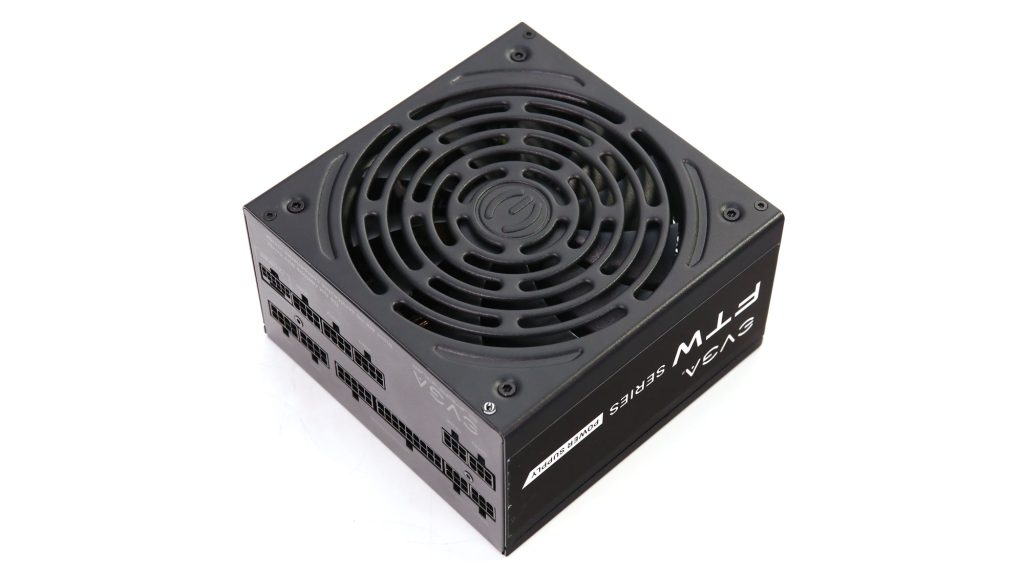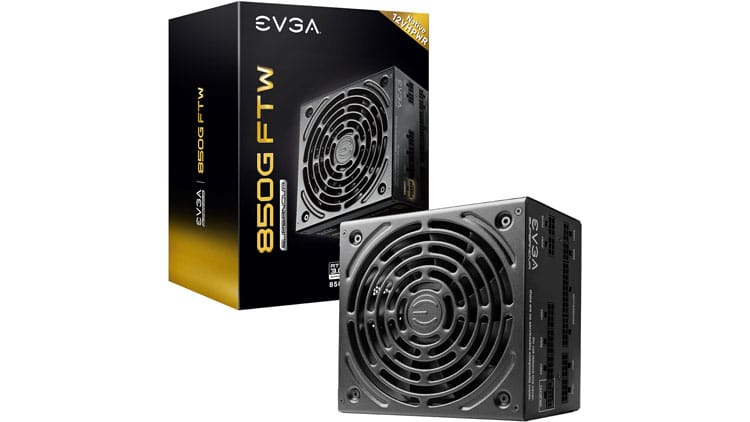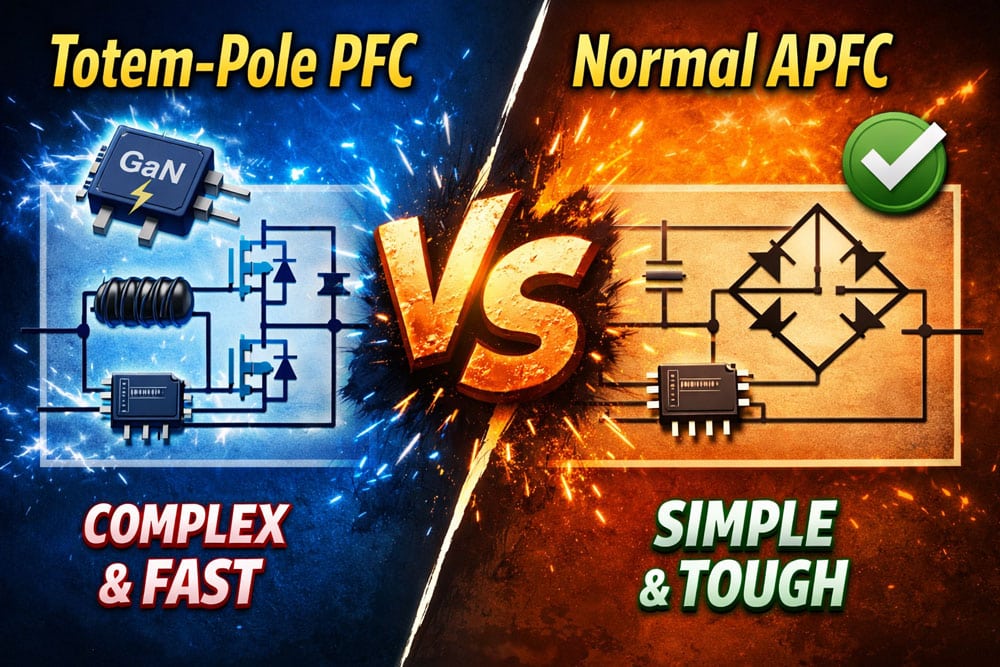Epilogue
After offering crazy-long warranty periods and starting the warranty war in the PSU category, EVGA decided to play it safe, dropping the provided warranty to a more reasonable period for the SuperNOVA 850G FTW. The overall performance of this unit doesn’t allow it to stand out from the crowd, but the performance difference from the majority of offerings in this category is not that high. The same doesn’t apply to the price of this product, which is pretty stiff at 135 dollars. EVGA should drop it lower, close to 100 dollars, to effectively meet the competition. Although the parts that High Power used are of high quality, with a striking exception, the cooling fan, I cannot say the same for the soldering quality, mostly because of an issue found in a small area, which, however, looks pretty bad. High Power should tighten its quality control because such soldering quality issues can lead to reliability problems after a while. I didn’t encounter any problems during the testing period, but I do not know how this unit will behave in the long run.
The most notable performance issues I spotted are listed below
- Higher than the typical ripple at 12V under full load
- High inrush currents
- Mediocre transient response at 12V and 3.3V (normal loads)
- Low efficiency at light loads
- Increased vampire power
- Low PF readings at 230V.
All in all, the SuperNOVA 850G FTW is a decent-performing PSU with a rather expensive price. If EVGA manages to drop its price at close to 100 dollars, it will heavily boost its performance per price ratio. Moreover, the connector must change from 12VHPWR to 12V-2×6 to make it compatible with the ATX v3.1 and PCIe 5.1 standards.

Before investing in a new power supply, read my Best ATX v3.x PSUs article to check all alternative PSU offerings. You help me a lot by using my affiliate links, which don’t increase the product’s price. I get a commission from Amazon every time you do it, which can make a difference for me, especially now that I am on my own, working exclusively for my media and not for someone else.
- Delivered full power at 46°C
- Quiet operation
- ATX v3.0 and PCIe 5.0 ready
- Efficient platform
- 12V rail keeps its voltage high in the ATX v3.0 transient load tests
- Within 1% load regulation on all major rails
- Long enough hold-up time
- Efficient 5VSB rail
- Alternative Low Power Mode (ALPM) compatible
- Good parts used (except for the fan)
- Fully modular
- Enough cables and connectors, including a high-power one (12+4 pin, 600W)
- Long enough distance (150mm) between the SATA
- Expensive
- OCP and OPP triggering points need tuning
- Soldering quality should be better
- Low-quality fan
- Mediocre transient response at 12V and 3.3V (normal loads)
- APFC converter needs tuning for higher PF readings at 230V
- Low efficiency at light loads
- Increased vampire power
- Short distance (120mm) between the 4-pin Molex connectors



Is High Power the same as Sirfa/Sirtec?
yes